
Magnesium is an alkaline earth metal and the eighth most abundant element in the Earth's crust. Moreover, it is the 11th most abundant element by mass in the human body. Magnesium is essential to all living cells and hundreds of enzymes in a human body need it. Magnesium is a true “macro mineral”. This actually means that humans need to obtain hundreds of milligrams of magnesium every day from food. Most of the magnesium in human bodies is located in the bones (60-65%), but it is also found in the muscles (25%), and in other cell types and body fluids.
Recommended daily value for magnesium
The Recommended Dietary Allowances for magnesium, set in 1997 by the Institute of Medicine at the National Academy of Sciences, are as follows:
Children 1 - 3 years old: 80 milligrams4 - 8 years old: 130 milligrams9 - 13 years old: 240 milligrams14 - 18 years old (boys): 410 milligrams14 - 18 years old (girls): 360 milligramsAdult females: 310 - 320 milligramsPregnant women: 350 - 400 milligramsLactating women: 310 - 360 milligramsAdult males: 400 - 420 milligramsFood sources of magnesium
Most dietary magnesium comes from dark green leafy vegetables. Some fruits, however, provide a decent amount of magnesium: bananas, dried apricots and avocados. Nuts, especially almonds and cashews, are also good sources. This mineral is also present in tap water, soy products, peas, and beans.
Excellent sources of magnesium include Swiss chard and spinach. One cup of boiled Swiss chard will provide 37.6% of recommended daily value (DV) for this mineral. A cup of boiled spinach provides 39.1 % of DV for magnesium. Very good sources of magnesium are mustard greens (5.3% DV per cup), summer squash (10.8% DV per cup), broccoli (9.8% DV per cup), blackstrap molasses (7.3% DV per cup), halibut (30.3% DV per cup), turnip greens (7.9% DV per cup), pumpkin seeds (46.1% DV per ¼ of a cup) and peppermint.Other good sources of magnesium include cucumber, green beans, celery, kale and a variety of seeds, including sunflower seeds, sesame seeds, and flax seeds.
The impact of cooking and processing on magnesium varies from food to food. Some foods contain large percent of magnesium in a water-soluble form. Boiling of these foods can result in a loss of magnesium. Spinach is a great dietary source for this mineral, but more than a third of the magnesium in the spinach is lost after blanching. Cooked navy beans lose as much as 65% of their magnesium.







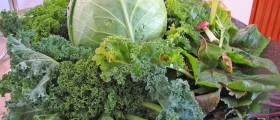
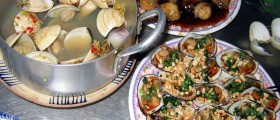


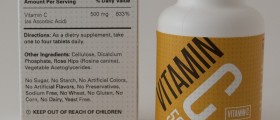

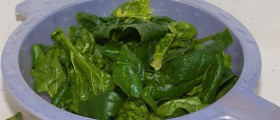


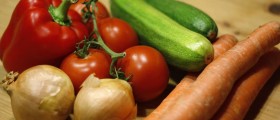
Your thoughts on this
Loading...